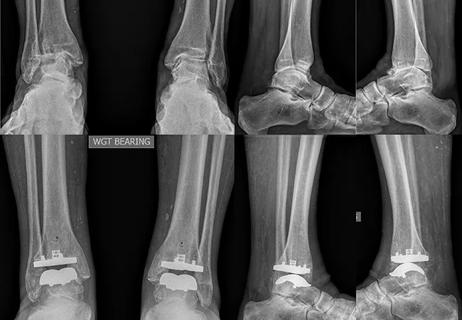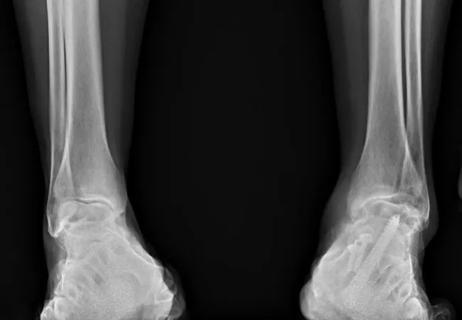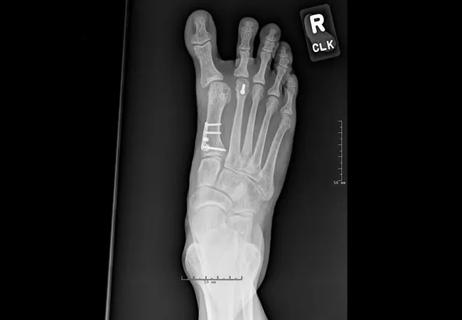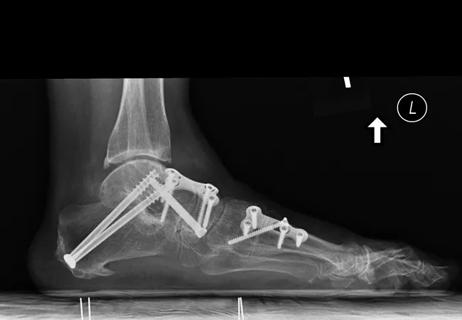Advertisement
Surgeon corrects skew foot to address repeat injuries
A 15-year-old girl presented with a fracture of her fifth metatarsal, an injury that happened while she was playing soccer. Although fifth metatarsal fracture is one of the most common foot injuries, it had occurred three times in this young patient.
Advertisement
Cleveland Clinic is a non-profit academic medical center. Advertising on our site helps support our mission. We do not endorse non-Cleveland Clinic products or services. Policy
In the above video, foot and ankle surgeon Sara Lyn Miniaci-Coxhead, MD, of Cleveland Clinic’s Department of Orthopaedic Surgery, highlights the importance of evaluating foot shape and biomechanics when dealing with chronic fractures of the foot and ankle.
On exam, the patient had pain over her fifth metatarsal and evidence of a skew foot deformity, a combination of midfoot abduction and metatarsus adductus. Her radiograph showed a fifth metatarsal fracture in addition to a skew foot and bunion deformity.
The location of the fifth metatarsal fracture suggested a stress component as it was a more distal fracture, explained Dr. Miniaci-Coxhead.
“This led me to believe that only addressing the fracture would be like putting a bandage on a leaky pipe,” she said. “It would fix the fracture, but it would not address the underlying reason why she continues to break this bone — her foot shape.”
The position of the patient’s foot placed more stress on the lateral border, likely the reason she continued to break her fifth metatarsal. Dr. Miniaci-Coxhead planned to correct the foot deformity in addition to addressing the metatarsal fracture.
The surgery included a lateral column lengthening to correct the midfoot abduction and a first tarsometatarsal joint fusion to correct the metatarsus adductus. Dr. Miniaci-Coxhead corrected the fifth metatarsal through the fracture site, which allowed both deformity and fracture fixation with one plate. Finally, she performed an osteotomy of the first metatarsal to correct the bunion.
“The patient did very well after surgery and was able to return to her sporting activities, including running, without pain,” says Dr. Miniaci-Coxhead.
Advertisement
Advertisement

Arthrodesis is not the only surgical option

Pain, quality of life and other patient-reported data are significantly improved one year after surgery

Many amputations can be prevented

Ankle arthritis can be more disabling than hip or knee arthritis

Staged cavus repair and total ankle arthroplasty

Causes are multifactorial, but good surgical decision-making and technique reduce failures

Valgus tibiotalar tilt tough to treat, common

Infrequent injury poses surgical challenge